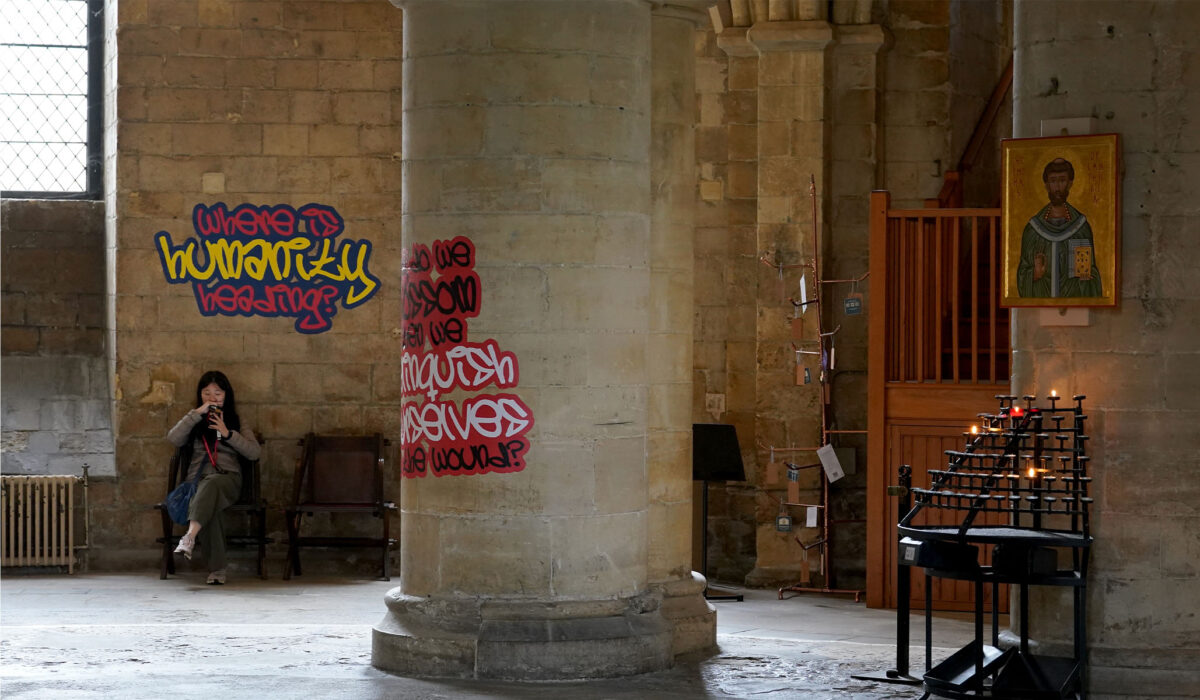Missionary Churches Invite People to Faith, Not Graffiti
Historic cathedrals and missionary churches are built to welcome people, not to host graffiti or vandalism. Their architecture, art, and layout are designed to focus attention on worship and community, not on street-style markings. That purpose shapes how congregations care for and present their spaces.
Cathedrals often act as both spiritual hubs and cultural landmarks, so their upkeep matters to worshipers and neighbors alike. Conserving stained glass, stonework, and altars requires intentional stewardship rather than permissive attitudes toward defacement. When a sacred space is mistreated, it undermines the sense of dignity the building was created to hold.
Missionary churches, in particular, aim to be inviting and accessible to newcomers from all backgrounds. Their outreach tends to emphasize hospitality, education, and service rather than spectacle or shock. That makes preserving a calm, respectful environment essential to their mission.
There is a long tradition of churches commissioning art that proclaims faith and teaches scripture, and that work differs from graffiti in purpose and method. Liturgical art follows theological themes and long-established techniques, while graffiti is typically anonymous and done without consent. The distinction matters to congregations that view artistic expression as a form of worship, not appropriation.
Allowing unauthorized markings in worship spaces blurs boundaries and can deter people seeking solace or spiritual guidance. Visitors coming for prayer expect a place of reflection, not confrontational visuals. Keeping interiors free from random slogans helps maintain a tone of reverence.
Parishes balance openness with protection by creating clear policies about behavior on church property. Those policies are meant to protect people, historic fabric, and the mission itself. When an institution communicates expectations gently but firmly, it helps everyone feel safe and welcome.
Many churches welcome creative engagement, but they do so through organized programs that respect building safety and heritage. Art workshops, youth projects, and sanctioned community murals channel energy into constructive outlets without risking sacred spaces. That approach affirms both creativity and responsibility.
Stewardship extends beyond physical upkeep to the way congregations represent their values to the broader public. When a church preserves its interior, it signals reverence for the people it serves and for the faith practices it preserves. That message matters in neighborhoods where the church functions as both spiritual anchor and civic participant.
Local leaders and faith communities sometimes collaborate to prevent vandalism and to repair damage quickly when it happens. Prompt restoration not only fixes the physical harm but also helps restore trust and continuity for regular attendees. Cooperation between stewards and authorities shows a practical commitment to care.
Educating visitors and members about the historical and spiritual significance of sacred spaces reduces careless behavior. When people understand why a place is important, they are more likely to treat it with respect. That civic-minded awareness supports long-term preservation.
Ultimately, missionary churches want to offer an open door where people can explore belief without distraction. Protecting the integrity of worship spaces enables that hospitality to function as intended. Respectful stewardship keeps the focus where it belongs — on welcome and faith rather than on markings that belong on streets, not in sanctuaries.


Comments 2
That is the suitable blog for anyone who desires to search out out about this topic. You realize so much its virtually onerous to argue with you (not that I actually would want…HaHa). You undoubtedly put a new spin on a topic thats been written about for years. Great stuff, simply nice!
Very good written story. It will be useful to anybody who usess it, as well as yours truly :). Keep doing what you are doing – can’r wait to read more posts.